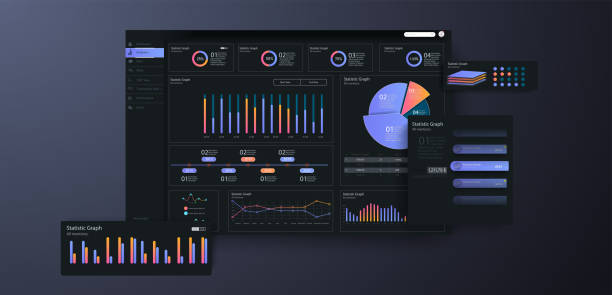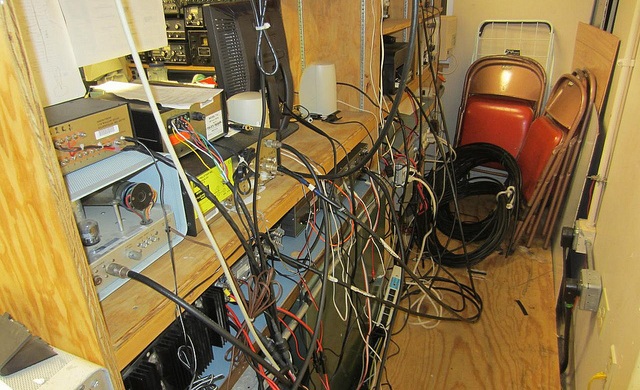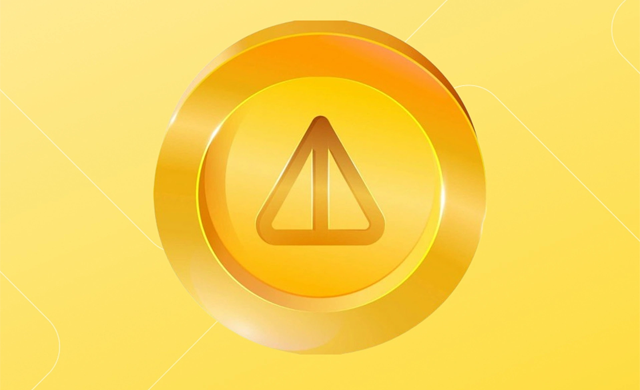With owner earnings we are trying to obtain the earnings that, in future, would be left for shareholders after the managers’ use of the cash generated to pay for items of expenditure to maintain the strength of the economic franchise (e.g. additional capital items, additional working capital, marketing spend, R&D and staff training) and to maintain unit volume and to invest in all value-generating projects available.
Depending on circumstances, the owner earnings figure may be the same for every future year or on a steadily rising (or falling) trend.
Naturally, owner earnings are impossible to obtain with any degree of precision because many of the input numbers are merely educated guesses about the future. Despite this imprecision it remains an important method for thinking through valuations.
Owner earnings analysis is about future cash available for shareholders to take out of the business. But the only evidence we have available is past data. We start with that, and then use qualitative analysis to judge whether to simply project forward the past pattern or modify the previous trend for future orientated thinking.
In the following we use what the company actually invested in new working capital items and in new fixed capital items, and what they spent on marketing, R&D and staff training etc. already deducted from the P&L.
What the analysis really requires is the amount necessary to maintain the quality of the economic franchise, unit volume and invest in value generating projects. To start with we make the bold assumption that what was spent by the managers was also the necessary amount.
When we move to forward-looking analysis to value the firm we need to make another bold assumption on the real amount needed to invest in new WC, fixed capital items, etc., in the future. The historical analysis helps us make that
judgment.
| £m YEAR | 2013 | 2014 | 2015 | ||
| Profit after interest and tax deduction (before exceptional items) | 79 | 76 | 59 | ||
| Add back non-cash items such as depreciation, goodwill and other amortisation
|
19 | 20 | 23 | ||
| Totals to: Amount available for distribution to shareholders before considering the need to spend on fixed capital items and working capital items to maintain the company’s economic franchise, unit volume and invest in value generating projects. | 98 | 96 | 82 | ||
| Deduct fixed capital and working capital investment. (The figures shown are actual expenditures and are therefore a rough proxy for the ‘needed’ expenditures to maintain franchise, etc.)
|
-41 | -88 | -69 | ||
| Owner earnings | 57 | 8 | 13 |
| £m YEAR | 2016 | 2017 | 2018 | ||
| Profit after interest and tax deduction (excluding gains on property) | 68 | 65 | 59 | ||
| Add back non-cash items such as depreciation, goodwill and other amortisation | 25 | 28 | 28 | ||
| Totals to: Amount available for distribution to shareholders before considering the need to spend on fixed capital items and working capital items to maintain the company’s economic franchise, unit volume and invest in value generating projects.
|
93 | 93 | 87 | ||
| Deduct fixed capital and working capital investment. (The figures shown are actual expenditures and are therefore a rough proxy for the ‘needed’ expenditures to maintain franchise, etc.)
|
-76 | -68 | -79 | ||
| Owner earnings | 17 | 25 | 8 | ||
Before I accept the historical numbers I need to make allowance for the exceptional items that managers like to write off. Here is a summary (after tax) – only those years with exceptional items.
| £m | 2015 | 2016 | 2017 | 2018 | |||
| Mis-selling insurance product 2006-14 (mostly stopped by end 2011) | 0 | 0 | 23 | 40 | |||
| Closing shops | 0 | 8 | 0 | 14 | |||
| Tax dispute with HMRC | 7 | 2 | 3 | 3 | |||
| Strategy costs, e.g. reorganisation and outsourcing | 6 | 8 | 0 | 0 | |||
| Less tax on exceptionals | -3 | -3 | -5 | -11 | |||
| TOTAL | 10 | 15 | 21 | 46 |
The PPI mis-selling occurred before 2011 and therefore I’ll ignore this element when looking at owner earnings for the more recent years.
Store closures, tax dispute and strategy costs should, ideally, be allocated to the year they apply to. Further complicating matters, the directors decided recently to close the remaining 20 stores with an “exceptional cost” of £18m – £22m for the current year.
Given the directors’ habit of allocating cost to exceptional items I suspect they’ll carry on, and I suspect they’ll carry on paying tax advisers clearly ridiculous sums, so to be on the conservative side I’ll knock off £6m off the owner earnings for each of the years under analysis – arbitrary, but the best I can do.
The average “owner earnings” over six years is £21m before deduction of exceptionals. If £6m is removed from this we have £15m.
Intrinsic value
Intrinsic value is the discounted valu
……………To read the rest of this article, and more like it, subscribe to my premium newsletter Deep Value Shares – click here http://newsletters.advfn.com/deepvalueshares/subscribe-1

 Hot Features
Hot Features













